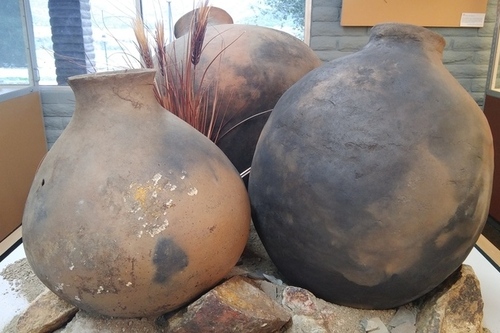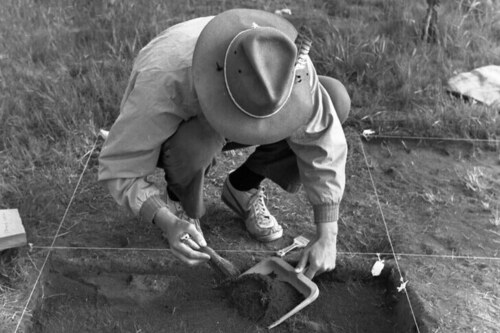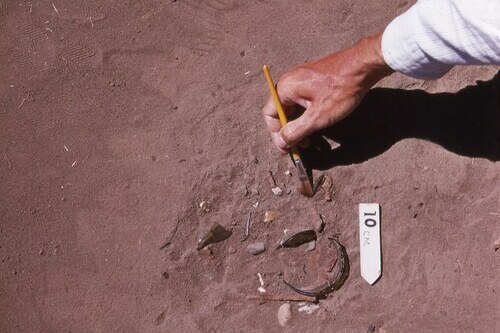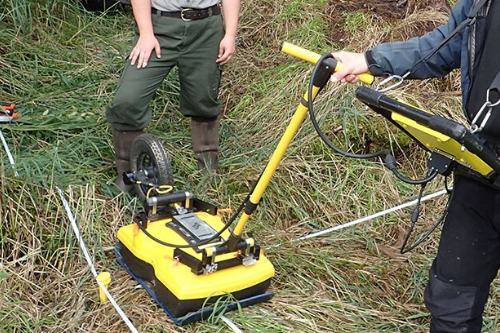
Artifact of the Week: Kumeyaay Olla
Pottery was a valuable asset for people of the past. An olla is a ceramic jar, often unglazed, used for cooking, storage of water or dry foods, or for other purposes. They were watertight and rodent proof. Hot rocks were gently placed in the pot and then stirred to heat food. Occasionally, pots develop holes and were patched with another piece of pottery.
The ‘paddle and anvil’ technique is used to create these large ollas. Crafting an olla begins with shaping the bottom. An old pot or basket would serve as a mold. Once it reached its desired size, the pot would be released from the mold and coils of clay would be added. A rock or clay anvil was used to press the outside.
To learn more about local pottery, including how damaged pottery was repaired, visit the exhibit The Life Cycle of a Pot currently on view at the San Diego Archaeological Center.
Date: Late Prehistoric Period (3,000 – 300 Years Ago)
Material Class: Pottery – Tizon Brown Ware




